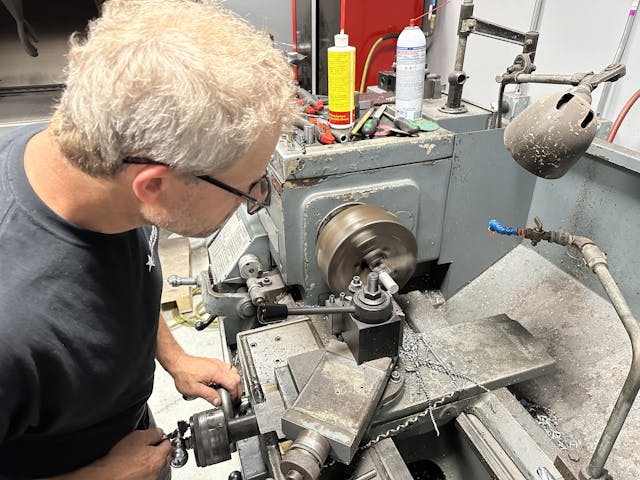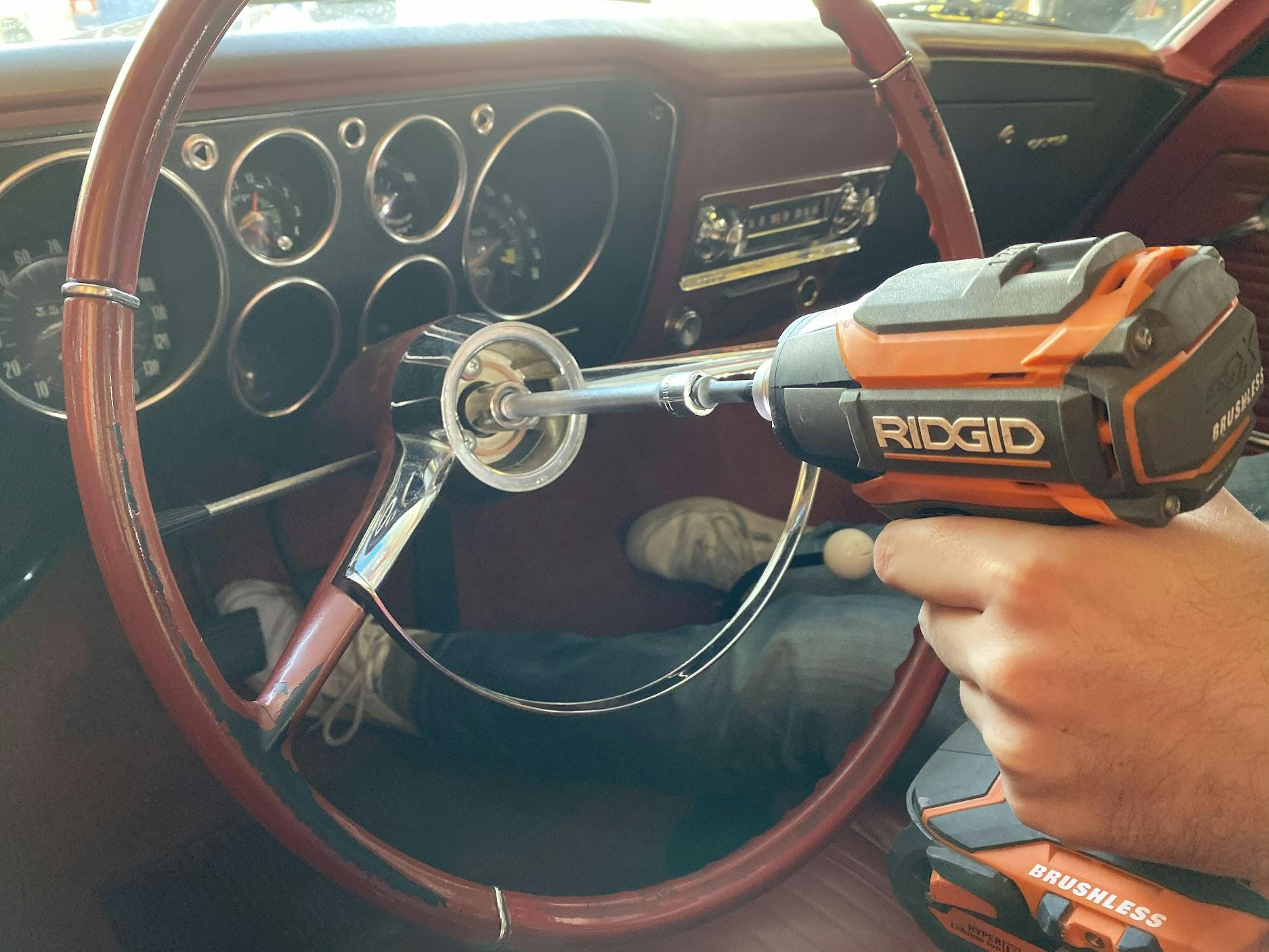4 modern tools that changed the DIY game
The tools of the automotive trade have remained fairly basic for more do-it-yourself types. Wrenches, hammers, saws, screwdrivers, and a few offshoot variations thereof. How those tools are used and what they are used on has certainly evolved, but for the most part, modern technology has mainly focused on specializing those core tool designs rather than trying to reinvent the wheel.
But every so often, there’s a leap in technology that grows to redefine what we garage dwellers are capable of. Not only have prices of tools reached what feels like an all-time low, but some new materials and processes have also come forth and given us the ability to do work better, faster, or safer than ever—all without needing to be a professional with a full shop.
Induction heater
I’ve said it before and I’ll say it again: Heat is a superpower for DIY folks. The more methods at your disposal to add heat to parts and pieces, the better chance you have of never dealing with broken or mangled hardware. The only option used to be heat guns or open flames, but then induction heaters came onto the scene.
The heart of the system is a small controller and a coil of wire. The controller sends a current through the coil and that current creates an electromagnetic field that has the power to heat ferrous metals to red-hot temperatures very quickly and with great precision. No open flame, no heat outside the coil, and safe to touch shortly after heating. It makes for the perfect tight-space solution to heat corroded hardware. The price is still a bit of an investment for most, but this is very much a buy once, cry once tool, as there are no tanks to refill like an oxy-acetylene or propane torch. Just keep in mind that this magical apparatus won’t work on aluminum (or any other non-magnetic) hardware.
Electric Impact wrenches
Impact wrenches have been around for decades, but the compact and powerful modern electric versions are a downright luxury compared to the air hog anchors of years past. No more compressor, air line, or lack of adjustability. These days we have the ability to pick whichever tool brand we prefer and buy a kit with an impact wrench and driver that covers the vast majority of DIY needs.
A 1/2″ impact is lightweight and packable, and some can hit harder than the air impacts of just 10 years ago. Ensuring a battery is charged pales in comparison to the upkeep of a compressor and air lines in a shop, and that’s before you talk cost. Electric impacts make disassembly a breeze and are all but a staple of any home shop these days.
Ultrasonic cleaners

While not required to keep vintage cars and trucks running, effectively cleaning parts is critical to restoration efforts. Ultrasonic cleaners have dropped in price to the point where it finally makes sense for home shops to dedicate space on the workbench for one. I am a recent convert to the ultrasonic world and while there is a learning curve, it is fairly mellow and the tools enable passive cleaning which gives me time to do the tasks in the garage I actually enjoy rather than running copper wire through another carburetor passageway.
This is because ultrasonic cleaners are great for cleaning impossible-to-reach passageways thanks to the way the ultrasonic waves cause bubbles to form and burst on the surface of parts and pieces inside the tub. It creates a light scrubbing action that breaks up deposits and junk. Combined with the right cleaning solution, it is possible to pull nearly ready-to-reassemble parts right from your ultrasonic cleaner.
Insert machine tooling

While most of us lust after having the fabrication superpowers of a knee mill or a lathe in our shop, the footprint and power demands often leave us wanting. Beyond just having the big tool is the need for the skills and tooling to actually complete the processes and create the ideas we have in our heads. That used to mean having the skills and tools to grind your own cutters and tooling, but thanks to affordable insert tooling, it has never been easier to run a mill or lathe in a home shop. Yes, carbide insert tooling really doesn’t show its benefits until it is being run at production speeds and feeds, but it makes for easier setup and roughly the same finished product for most home machinists. This has opened a door for a safer and easier gateway into machining.
***
Check out the Hagerty Media homepage so you don’t miss a single story, or better yet, bookmark it. To get our best stories delivered right to your inbox, subscribe to our newsletters.





When I tore my the rotator cuff on my primary arm, I gave my son all of my gas powered tools and bought several Echo 58 volt tools. This included a chain saw, string trimmer, blower attachment and hedge clipper. All worked as well as my gas powered tools. Now, new 4 amp batteries from Echo are around $180.00, which is close to what I paid for the tools, charger and battery. This is very expensive, since the batteries don’t last 5 years, even following charging directions, and is the old tactic of “give away the razors and sell the blades” to make money for the manufacturer. If small gas tools had electric start, I would go back to them in a heartbeat and save money.